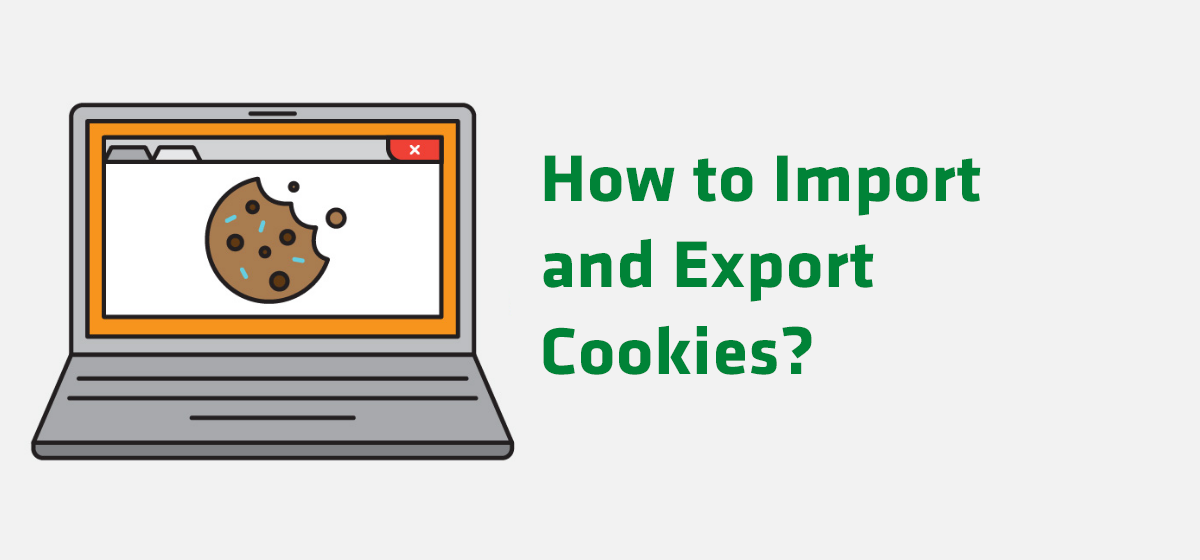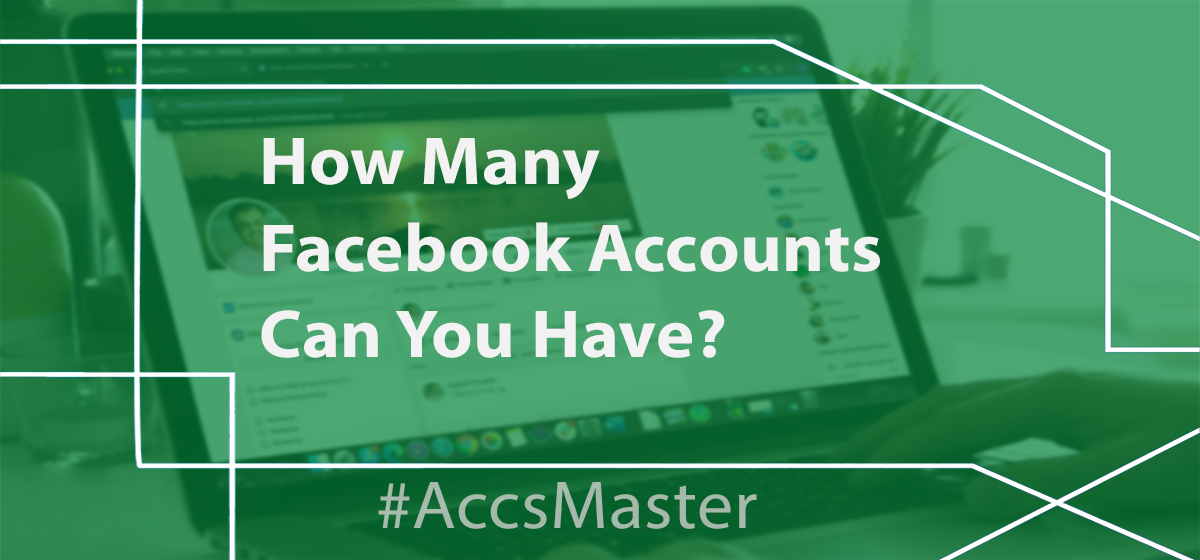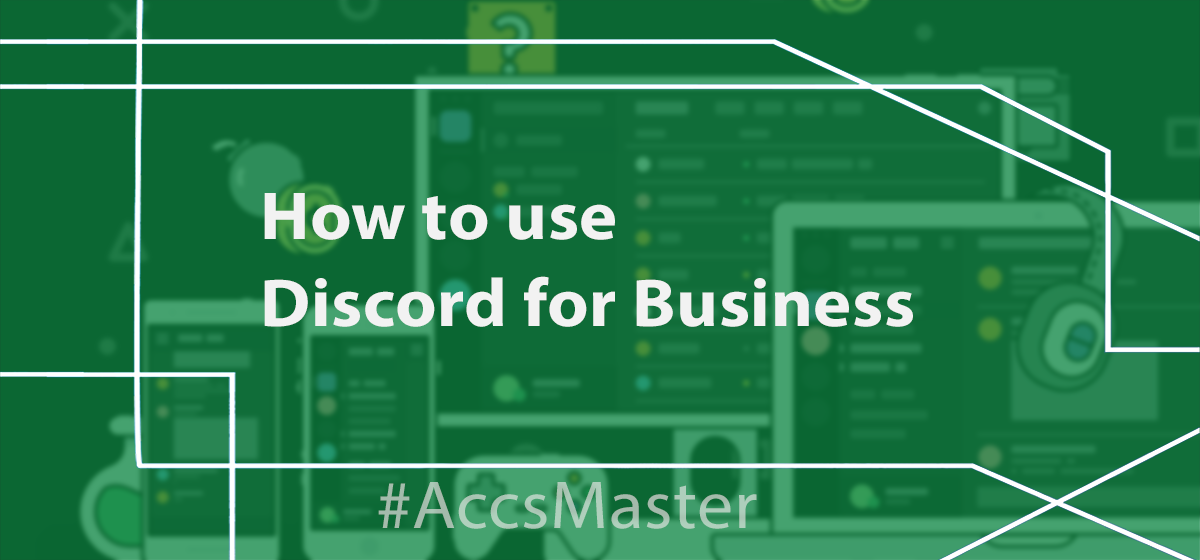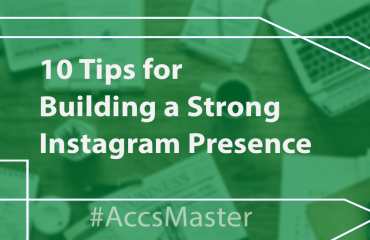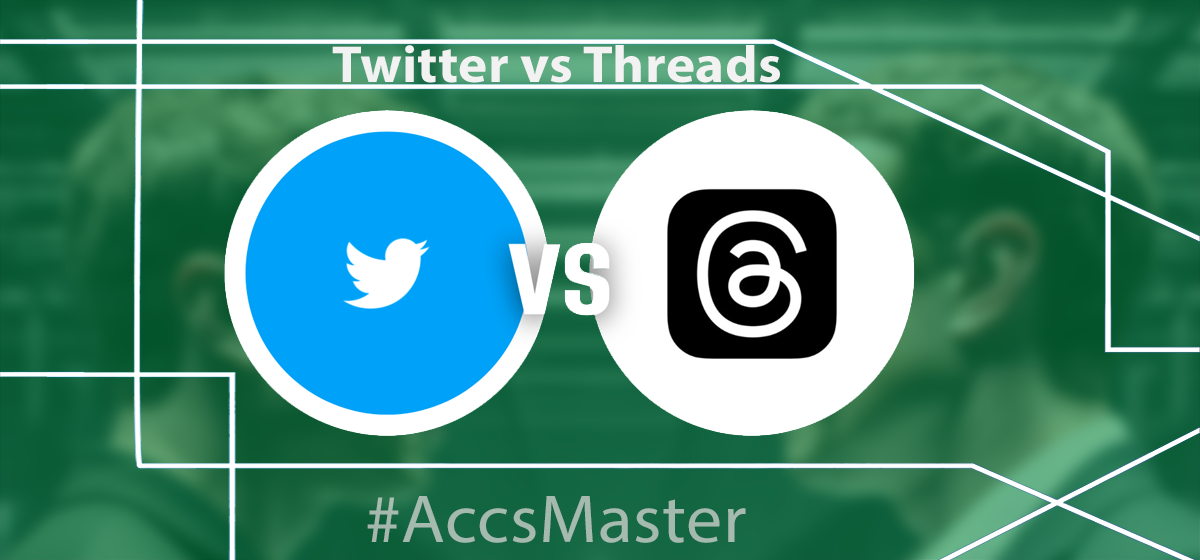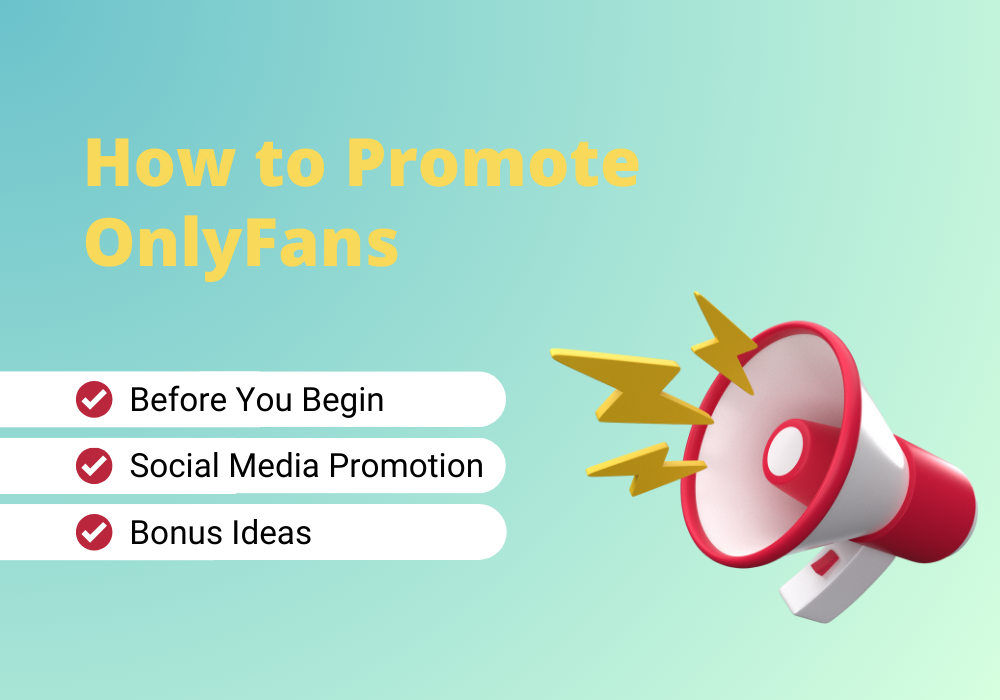Twitter vs Threads: Key Differences and Feature Comparison
Meta kept its promise and launched its own version of Twitter under the name Threads on July 5, 2023. Development began in January, and the app’s debut became an instant success — 10 million downloads in the first 7 hours, and over 100 million just five days later.
Threads quickly earned the reputation of being Twitter’s main rival, as it mirrors many of the same features once associated with the “blue bird” platform, which has since been rebranded under Elon Musk. However, the two networks differ in several important ways.
The Rivalry Between Meta and Twitter
Elon Musk wasted no time responding to Threads’ release. He reportedly sent a letter to Meta’s CEO accusing the company of unlawfully using Twitter’s trade secrets, since several former Twitter employees had joined Meta. Musk suspects they might have shared confidential data during the app’s development.
Adding fuel to the fire, The Verge reported that Twitter shadow-banned Threads links — meaning users had to insert a space between “threads” and “net” to find related posts. Clearly, Musk views Threads as a serious competitive threat.
Threads vs. Twitter: Key Differences
1. How You Use Them
Twitter began as a web-based platform and later expanded to mobile apps, giving users flexibility across devices.
Threads, in contrast, is currently mobile-only and tightly integrated with Instagram. You can’t even register without an Instagram account, and there’s no functional web version — at least for now.
2. Registration and Account Deletion
Twitter operates independently — users can sign up using an email or phone number.
Threads, however, is completely linked to Instagram. You can’t create a Threads account without Instagram, and you can’t delete Threads without deleting your Instagram profile. The only option is to deactivate, not remove, your Threads account.
3. Usage Fees
Since Elon Musk’s takeover, Twitter is no longer entirely free. To get the blue check, users must subscribe to Twitter Blue, which also unlocks longer tweets and removes ads.
Threads, meanwhile, charges $8 for verification only. All other features remain free and equally accessible to everyone — a clear difference from Twitter’s tiered access.
4. Post Length
-
Twitter: 280 characters (or more for paid users).
-
Threads: Up to 500 characters, nearly double the free Twitter limit.
5. Search and Feed
Twitter still leads in search capabilities — you can explore content via hashtags, keywords, or account names.
Threads offers limited search — only by username. Its feed also differs: users see posts from a mix of followed and random accounts, while Twitter allows you to switch between “Following” and “For You” views.
At the moment, Threads has no ads, though it’s likely Meta will introduce them later.
6. Post Reach and Virality
Twitter’s algorithms can make a tweet go viral within hours, especially for verified users.
Threads, still in its early stage, grows content organically and more slowly, with less algorithmic amplification — though this may change as it evolves.
7. Target Audiences
Twitter is ideal for quick updates, breaking news, and short commentary — the “information on the go” platform.
Threads positions itself for longer, more thoughtful posts and discussions. Neither approach is inherently better; it depends on how users prefer to communicate.
8. Interactions and Media
On Twitter, you can like or retweet individual posts and attach up to four media files.
Threads allows users to like and repost entire threads, and supports up to 10 photos or videos per post, similar to Instagram’s carousel format — making it more visually dynamic.
Conclusion
It’s too early to tell whether Threads will become a true Twitter killer. As Mike Proulx, Research Director at Forrester, pointed out, Threads’ rise is partly due to Twitter’s trust crisis under Elon Musk. He also noted that other platforms like Mastodon, Hive, and Bluesky have tried — and failed — to replace Twitter.
Even so, Threads shows strong potential. With its clean interface, longer post limit, free core features, and seamless connection to Meta’s ecosystem, the app offers an appealing alternative.
Whether Threads can sustain its momentum remains to be seen — but one thing is certain: the competition between Meta and Twitter is just getting started.
Featured Posts
How Many Facebook Accounts Can You Have
2025-09-30 08:17:14
How to use Discord for Business
2025-10-05 16:53:08
10 Tips for Building a Strong Instagram Presence
2025-09-30 08:17:59
5 Best Social Media for Online Marketing
2025-09-30 08:18:30
Twitter vs Threads: Key Differences and Feature Comparison
2025-10-05 16:54:55
How to Promote OnlyFans with Social Media
2025-10-05 16:57:23
